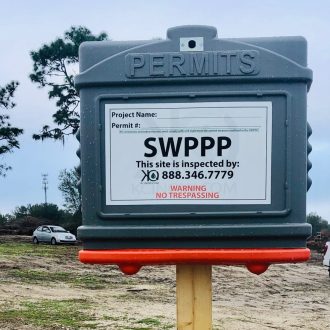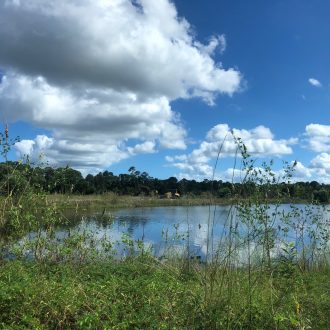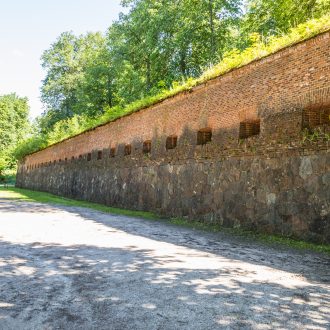
Construction sites usually have a lot of different things going on at once. There are always a lot of moving parts involved, and that means that sometimes the trash and debris start to build up. It’s important to try and effectively manage this stuff, as piles of debris and trash can create the ideal habitat for insects and other pests. There may also be harmful chemicals in the waste which should not be given the chance to get into stormwater runoff.
The EPA likes to promote a system of Sustainable Materials Management which looks towards construction and demolition materials that are generated during construction as a potential commodity for future use instead of just garbage. The idea is to minimize the amount of raw materials that needs to be used in construction so long as the materials are available as a side product of previous projects.
So what types of products are Construction and Demolition (or C&D) materials? The EPA has provided a list:
- Concrete
- Wood (from buildings)
- Asphalt (from roads and roofing shingles)
- Gypsum (the main component of drywall)
- Metals
- Bricks
- Glass
- Plastics
- Salvaged building components (doors, windows, and plumbing fixtures)
- Trees, stumps, earth, and rock from clearing sites
These types of materials all have potential to be recycled and reused later on in different projects. The key is figuring out the best way to manage this debris in the meantime, so it doesn’t simply get hauled off with the garbage. There are some components that are already commonly collected and recovered, like concrete. Usually this type of recycling already has an established industry profiting from providing these services. This type of stuff we usually already see being separated on site. Many sites, for example, have a designated concrete washout area as well as separated bin for concrete waste. The idea is to transfer these practices onto other products. Recycling will help us reduce our waste in the long run as well as reducing the amount of raw material that needs to be processed. For more on ways to reduce your waste impact on site, contact KCI.



